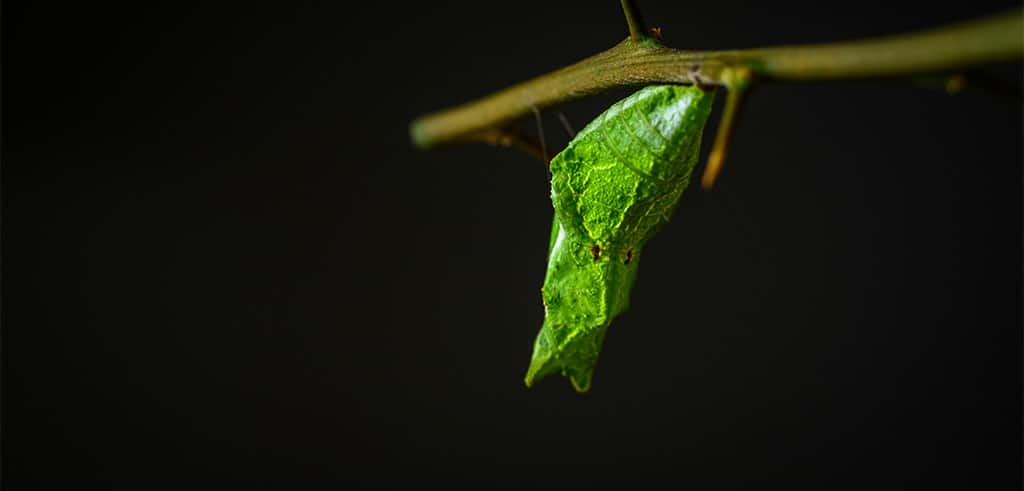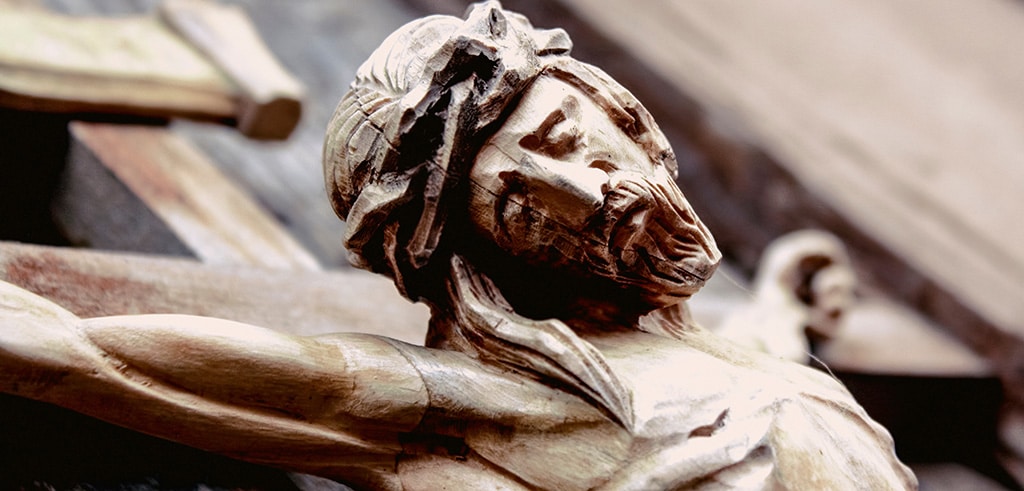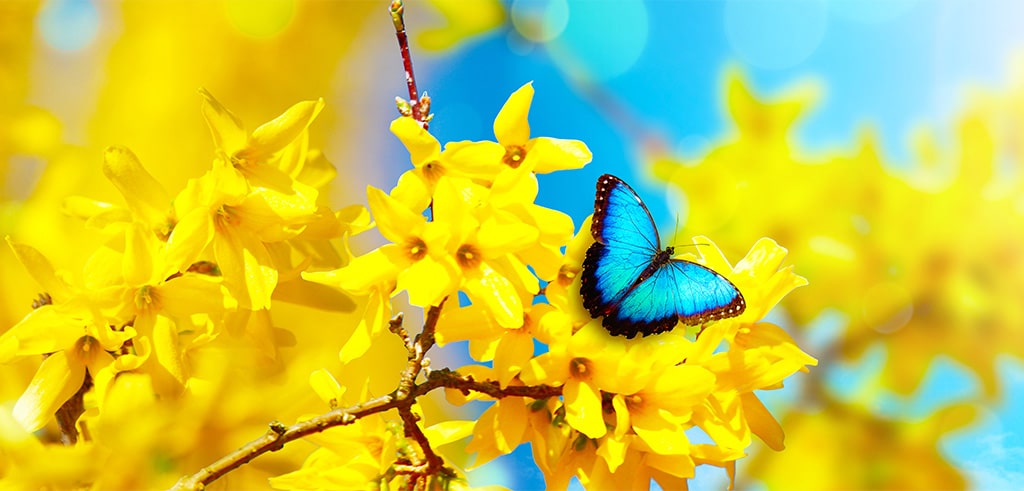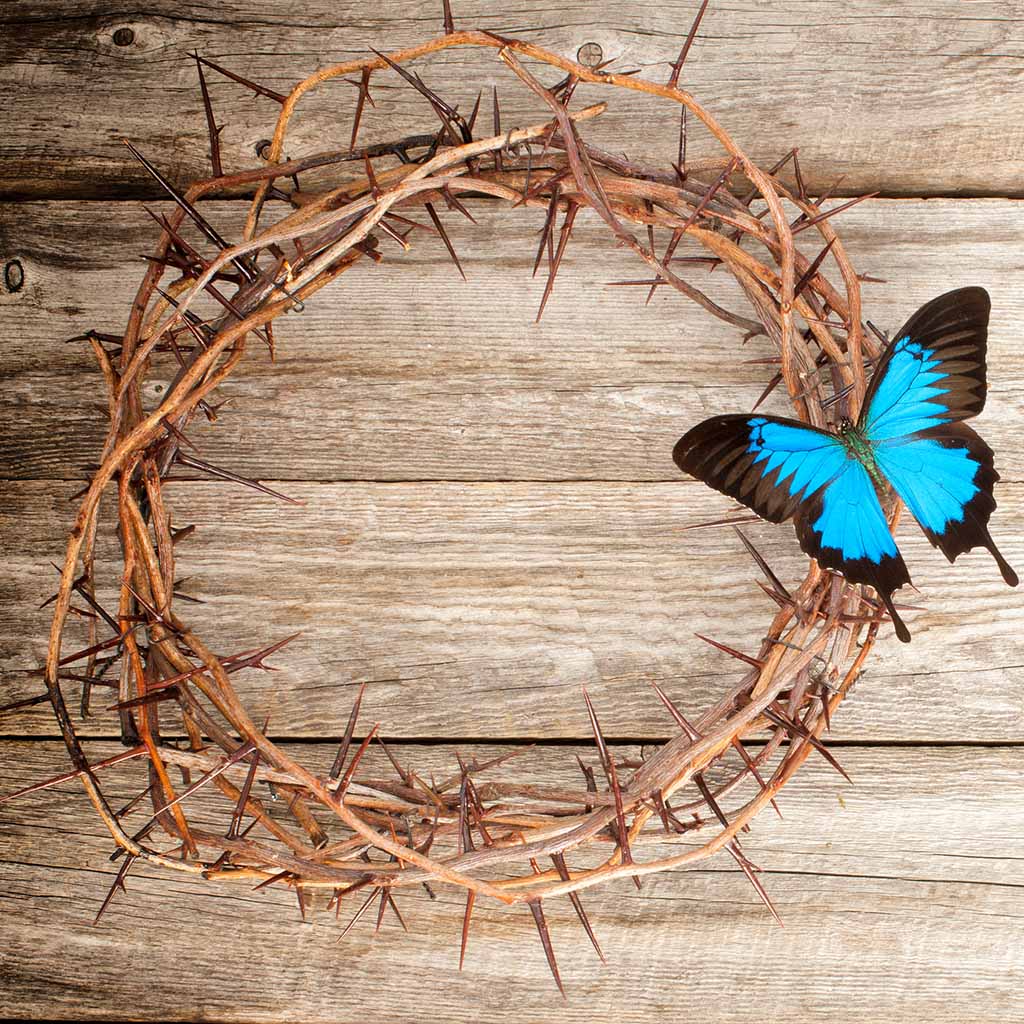
Easter - a celebration of transformation
Celebrating the foundation of our faith, the resurrection of Jesus from the dead
It is a festival of transformation: at Easter, Christianity celebrates the foundation of faith – the resurrection of Jesus from the dead. True man and true God, one with the Father, Jesus dies on the cross, is raised to life and transforms himself like a caterpillar into a butterfly. And in this transformation he takes all humanity with him. A reason to celebrate!
What a development: a caterpillar pupates in its cocoon. It stays there and waits. In the dark. Heavy. And then the transformation: the body almost completely dissolves, liquefies and transforms itself into a butterfly that emerges from the dead shell with its colourful wings and soars towards the light. Sublime and very light!
The Fathers of the Church used the butterfly to symbolise the transformation from death to life. Basil the Great (330-379) compared the butterfly to the resurrection of Jesus and tried to explain this phenomenon to doubting Christians in Caesarea: “Think of the transformation of this little animal and recognise in it a clear sign,” he wrote.

A butterfly in a crucifix
In ancient Greek, the butterfly is also referred to by the same word as the soul. For the Egyptians it was a symbol of rebirth, but for the early Church it was a symbol of resurrection. In his first letter to the Corinthians, St Paul writes: “We shall all be transformed”. The butterfly appears as a motif in the visual arts, particularly in the Baroque and Romantic periods, usually decorating tombs.
The Swiss physician and death researcher Elisabeth Kübler-Ross (1926-2004) also drew comfort from this image when she said: “When we lay down the body, we will be free from pain, fear and all grief. Like a colourful, beautiful butterfly, we can return home to God”.
There is a particularly touching story about the Regensburg butterfly symbol: a Gothic crucifix, probably made in Paris around 1320, was hanging in the former Scottish monastery in Regensburg. As it was already quite weathered, it was restored in 1991 – and a sensational discovery was made: the restorer discovered a green cord at the back of the crucifix’s head. When he pulled it, a hatch opened into a small cavity containing a leather pouch. Inside the pouch appeared a colourful butterfly, a fire-gilded enamel work in silver. The artist had depicted the crucifixion of Jesus on the butterfly’s wings. The butterfly is a symbol of the resurrection. And the crucified man had already thought of this at the moment of his death.

Inspiration: Alexander Schweda
Images: Liliboas iStock (butterfly); nilanka Adobe Stock (cocoon); zwiebackesser Adobe Stock (crucifix); Thaut Images Adobe Stock (forsythia)
Share this post…
Recommended











